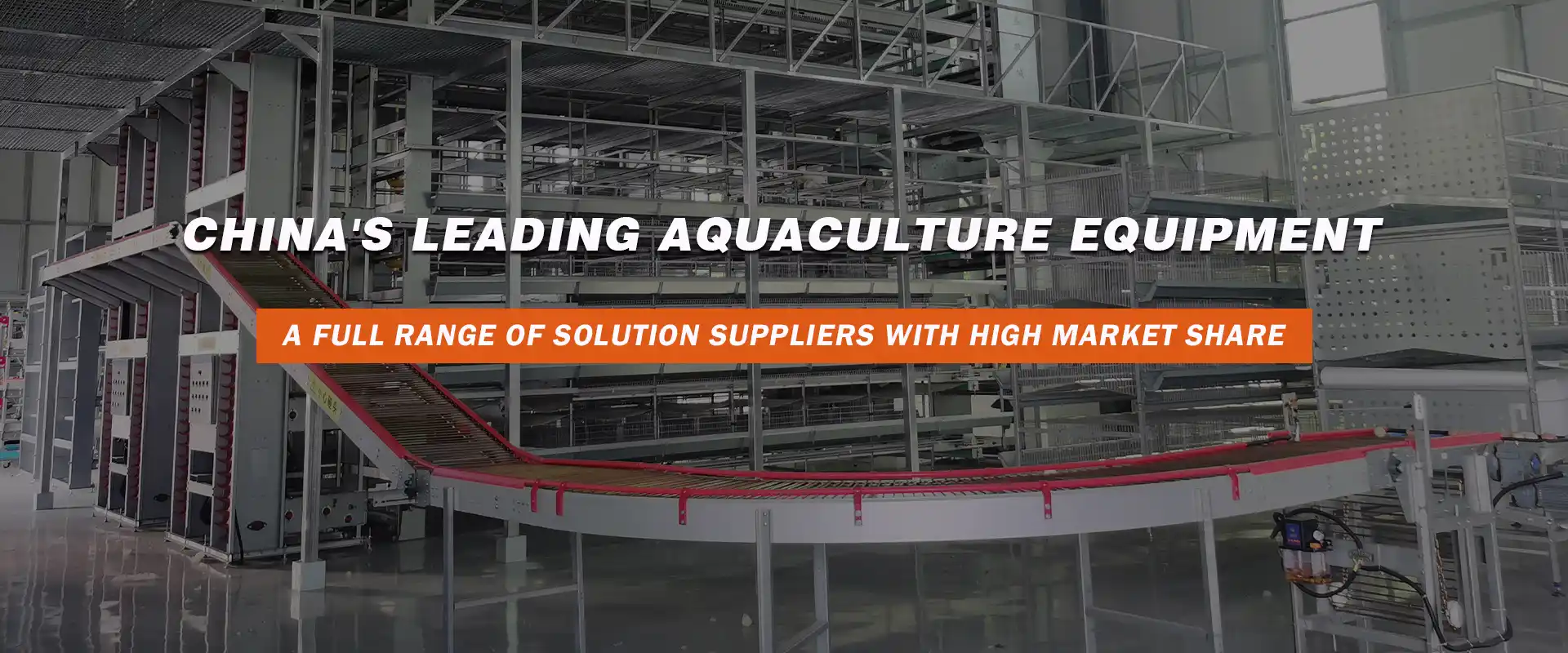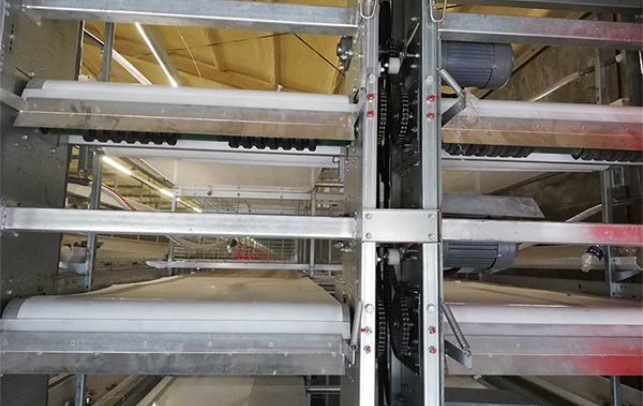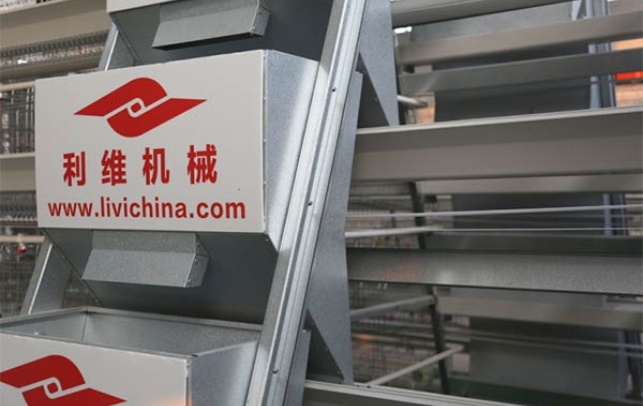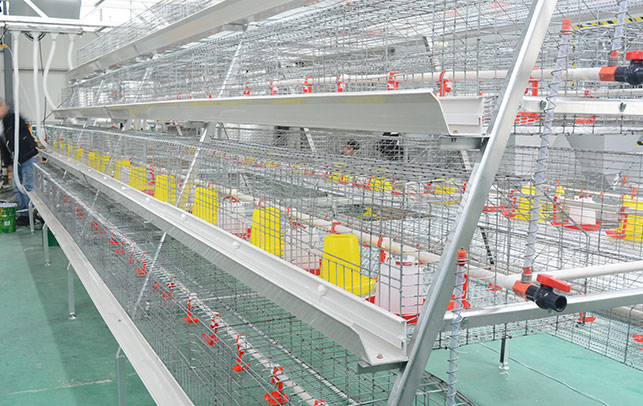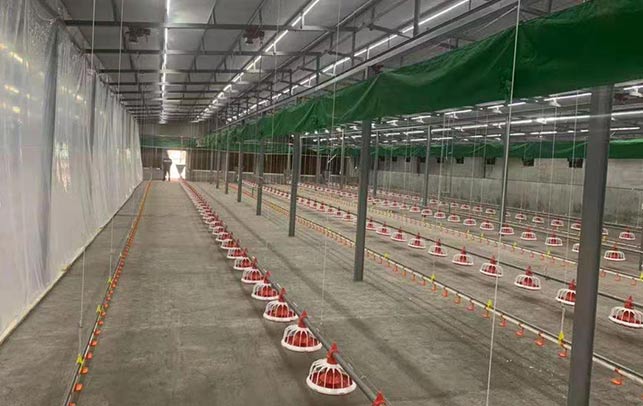Chicken Cage Systems: Cost and Price Analysis
Time : 2025-03-25
Chicken cage systems are an essential component of modern poultry farming. They provide a controlled environment for chickens, ensuring their health and productivity. However, the cost and price of these systems can vary significantly based on several factors. In this article, we will delve into the various aspects that influence the cost and price of chicken cage systems, providing you with valuable insights to make informed decisions.
Understanding Chicken Cage Systems
Chicken cage systems are designed to house chickens in a structured and efficient manner. These systems can range from simple, single-tiered units to complex, multi-tiered systems with automated feeding and watering systems. The primary purpose of these systems is to provide chickens with a comfortable living space, while also enabling farmers to monitor and manage their flock effectively.
Types of Chicken Cage Systems
There are several types of chicken cage systems available in the market, each with its unique features and benefits:
- Single-tiered systems: These are the most basic type of chicken cage systems, consisting of a single level of cages. They are suitable for small-scale poultry farming and are relatively inexpensive.
- Multi-tiered systems: These systems have multiple levels, allowing for higher chicken density and better use of space. They are ideal for large-scale poultry operations.
- Automated systems: These systems come with advanced features such as automated feeding, watering, and cleaning. They are more expensive but offer greater convenience and efficiency.
Factors Influencing the Cost and Price of Chicken Cage Systems
The cost and price of chicken cage systems can vary significantly based on several factors. Understanding these factors can help you make an informed decision when selecting a system for your poultry operation.
Material and Construction
The material and construction of the chicken cage system play a crucial role in determining its cost. High-quality materials such as stainless steel, aluminum, and galvanized steel are more expensive but offer greater durability and resistance to corrosion. Systems made from lower-quality materials may be cheaper initially but may require more frequent repairs and replacements.
Size and Capacity
The size and capacity of the chicken cage system also affect its cost. Larger systems with higher chicken densities are generally more expensive. However, they can help reduce the overall cost per chicken by optimizing space and resources.
Features and Add-ons
Additional features and add-ons, such as automated feeding and watering systems, environmental control units, and nesting boxes, can significantly increase the cost of a chicken cage system. While these features may be worth the investment for large-scale operations, they may not be necessary for smaller farms.
Brand and Manufacturer
The brand and manufacturer of the chicken cage system can also influence its cost. Established brands with a reputation for quality and reliability may charge a premium for their products. However, it is essential to research and compare different brands to find the best value for your money.
Installation and Maintenance Costs
In addition to the initial cost of the chicken cage system, you should also consider the installation and maintenance costs. Some systems may require professional installation, while others can be assembled by the farmer. Regular maintenance and repairs are also necessary to ensure the longevity and efficiency of the system.
Cost and Price Comparison
Below is a rough cost and price comparison for different types of chicken cage systems:
- Single-tiered systems: $200 – $500 per unit
- Multi-tiered systems: $1,000 – $5,000 per unit
- Automated systems: $5,000 – $20,000 per unit
These prices are approximate and can vary based on the specific features, materials, and brand of the chicken cage system.
Conclusion
Choosing the right chicken cage system for your poultry operation requires careful consideration of various factors, including cost and price. By understanding the different types of systems available, the factors that influence their cost, and conducting thorough research, you can make an informed decision that meets your needs and budget.




